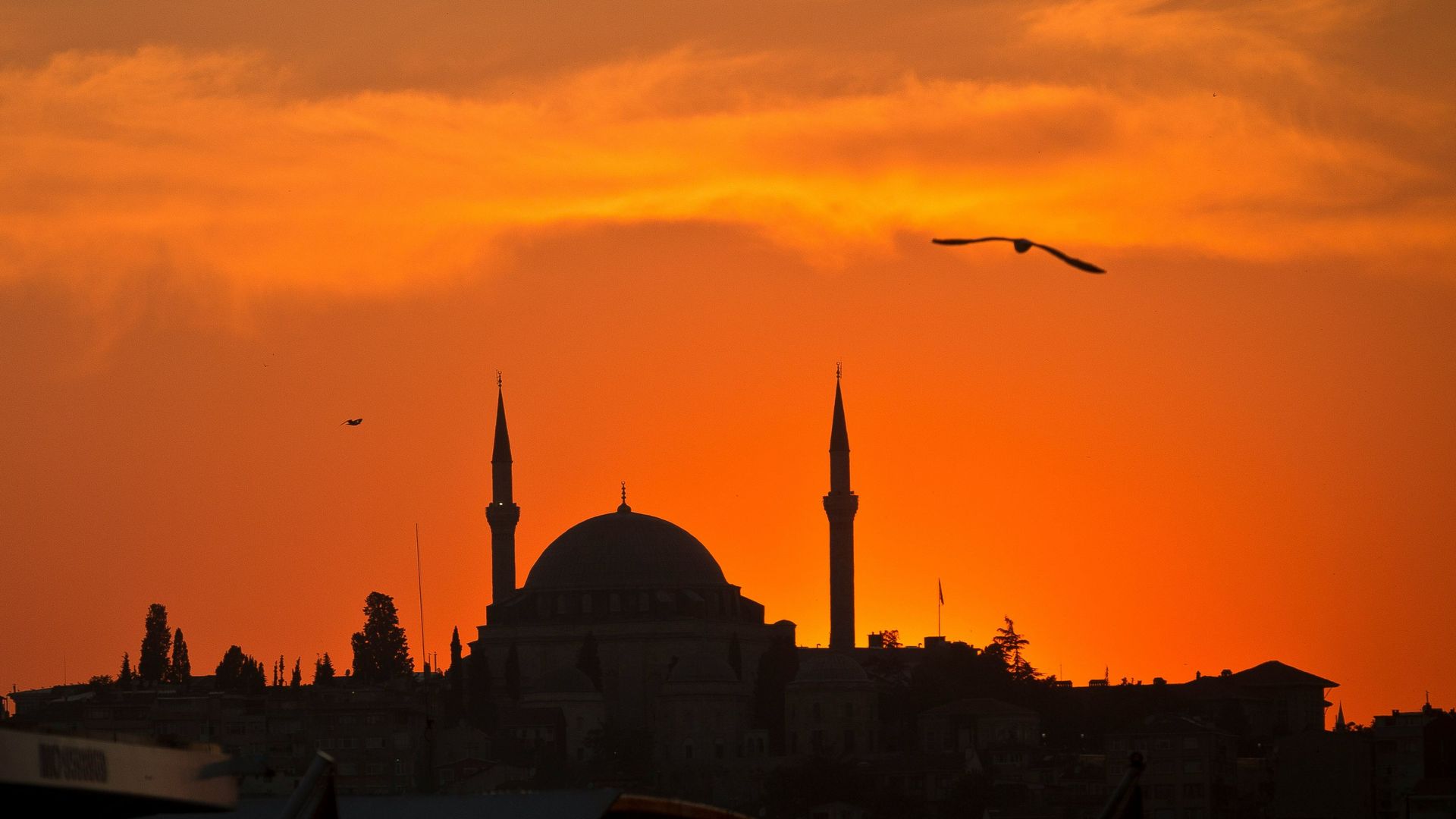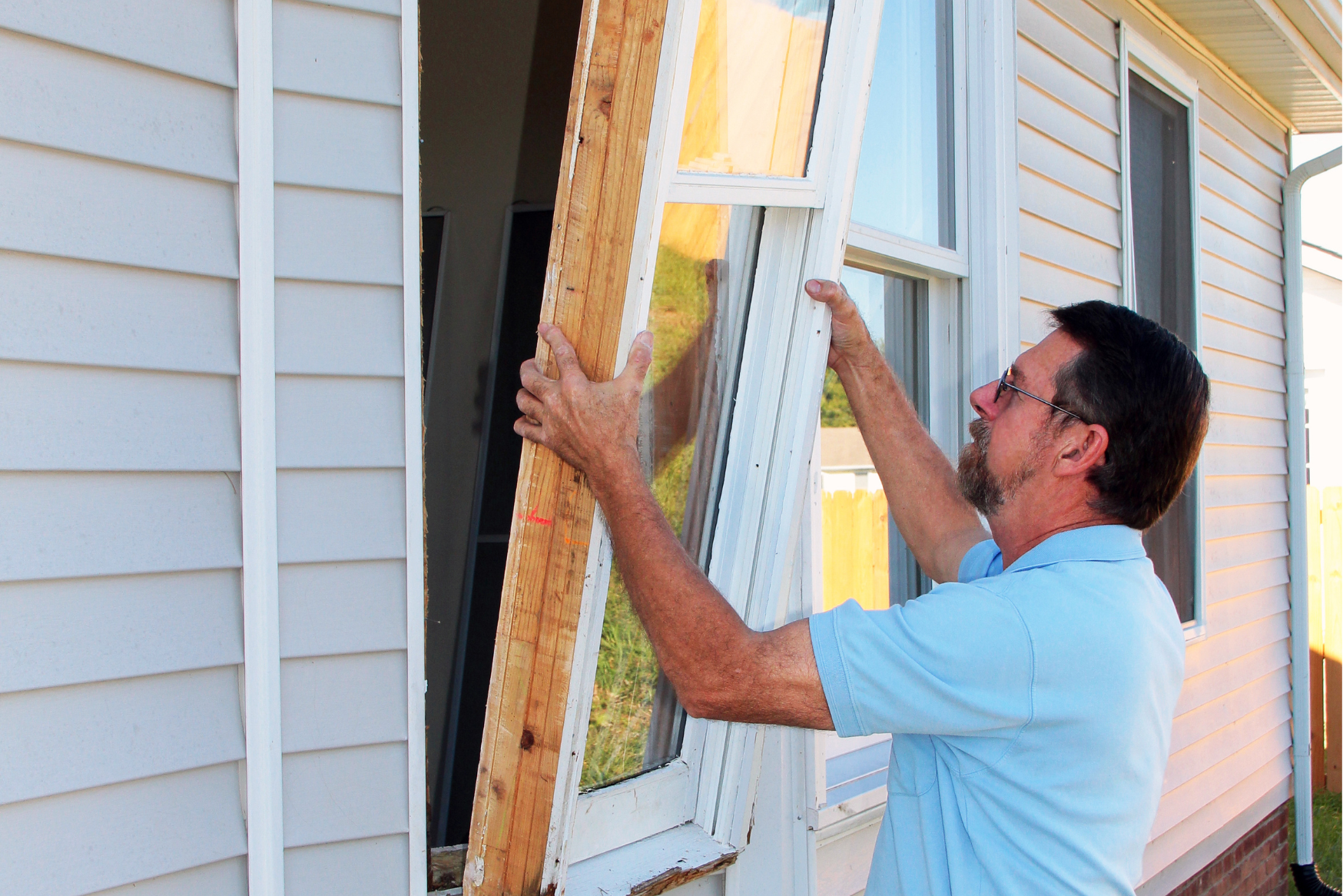
Grief And Traditions
HOW IS DEATH HANDLED IN ATHABASCAN CULTURE?
The following is a teammate's description of their community's traditions around grief. (We are not sharing photos out of respect.) When someone dies in the Athabascan villages, everyone stops what they are doing to be there for the family. Typically, many will go to the family’s house to comfort the family as well as bring food to be shared. The body will be washed, cleaned and redressed with their traditional attire. Shortly after that, the body is moved to the church until the casket is built.
Immediately the men begin digging the grave for the deceased. This is done by shovel and pickax. Depending on the family and what resources they have, a jackhammer might also be used. If it is a winter burial, it will take days for the men to get the grave ready due to the hard-frozen ground they are breaking through.
The women begin gathering at the family’s home to sew for the deceased (hat, gloves, etc.). During this whole process the deceased belongings are divided between what is kept for their memorial potlatch (which occurs usually within a year or two after their death), and what will be burned. The men who don’t help dig gather at the community hall to build the casket from the material flown in from town. After the casket is built, the women gather in the hall to line the casket.
Each evening until the funeral the village gathers in the community hall to sing Gospel songs. This usually can last for two hours…some sing the Gospel songs while others sit around talking, listening, or playing games.
The body is moved to the community hall and placed in the newly made casket.
While the body is in the community hall, there is usually someone around keeping fire. The morning of the funeral, the hall is cleaned thoroughly. The family sits around the body while the community sits on the outside seats of the hall. After the funeral, the men related or close to the deceased will each take a screw and participate in screwing down the casket lid while Amazing Grace is sung by those in attendance.
The cross and casket are taken outside and put on a sled attached to a snow machine. This snow machine leads the way for everyone to follow through the village toward the cemetery.
During the burial, the women sing Gospel songs while the men cover the casket. Dried meat and dried fish are passed out to everyone during this process and in the winter a big fire is burning.
After the burial, people return home to prepare for the potlatch meal that evening where speeches are made about the deceased. The amount of food brought to the hall is important to the family in communicating how important the deceased was.
Many of the activities have underlying beliefs attached. The activities are carried out in such a way to help the deceased person move on peacefully to the afterlife, as well as protect those still living from bad luck and having problems with the departed spirit.
Also, each village is a culture in and among themselves, so some of these funeral preparations and superstitions aren’t in every village. A funeral is also different each time depending on the family’s beliefs and traditions.
Additional Posts




